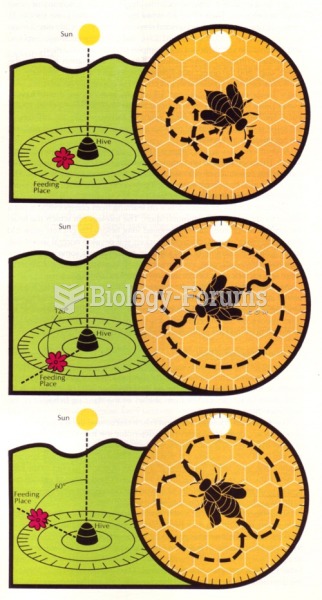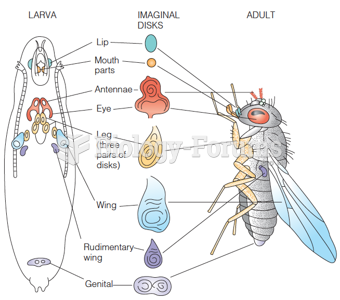Answer to Question 1
Bees not only can form imaginal maps for getting to food sources but also can use a somewhat symbolic form for communicating that information to other bees. Specifically, different patterns of dances can be used to represent different meanings. For example, a round dance indicates a source less than 100 yards from the hive. A figure-eight dance indicates a source at a greater distance. The details of the dance (e.g., in regard to wiggle patterns) differ from one species to another, but the basic dances appear to be the same across all species of bees.
Answer to Question 2
Tolman conducted an experiment involving rats running mazes for food rewards. The rats were divided into three groups:
1 . In the first group, the rats had to learn the maze. Their reward for getting from the start box to the end box was food. Eventually, these rats learned to run the maze without making any errors. In other words, they did not make wrong turns or follow blind alleys.
2 . A second group of rats also was placed in the maze, but these rats received no reinforcement for successfully getting to the end box. Although their performance improved over time, they continued to make more errors than the reinforced group. These results are hardly surprising. We would expect the rewarded group to have more incentive to learn.
3 . The third group of rats received no reward for 10 days of learning trials. On the 11th day, however, food was placed in the end box for the first time. With just one reinforcement, the rats' learning improved dramatically. These rats ran the maze about as well in fewer trials as the rats in the first group.
What, exactly, were the rats in Tolman and Honzik's experiment learning? It seems unlikely that they were learning simply turn right here, turn left there, and so on. According to Tolman, the rats were learning a cognitive map, an internal representation of the maze. Through this argument, Tolman became one of the earliest cognitive theorists. He argued for the importance of the mental representations that give rise to behavior, something that was unheard of in the era of behaviorism.







